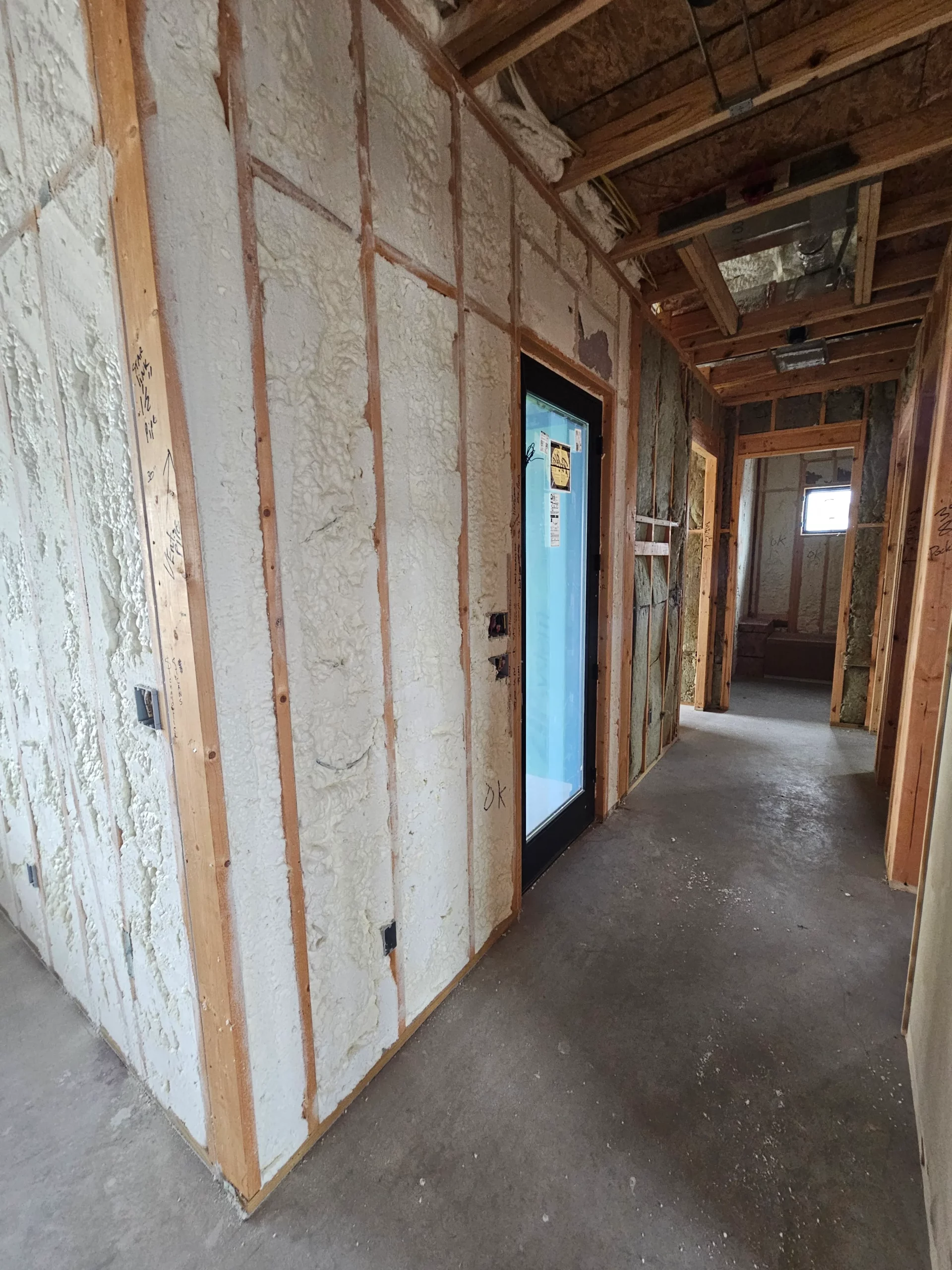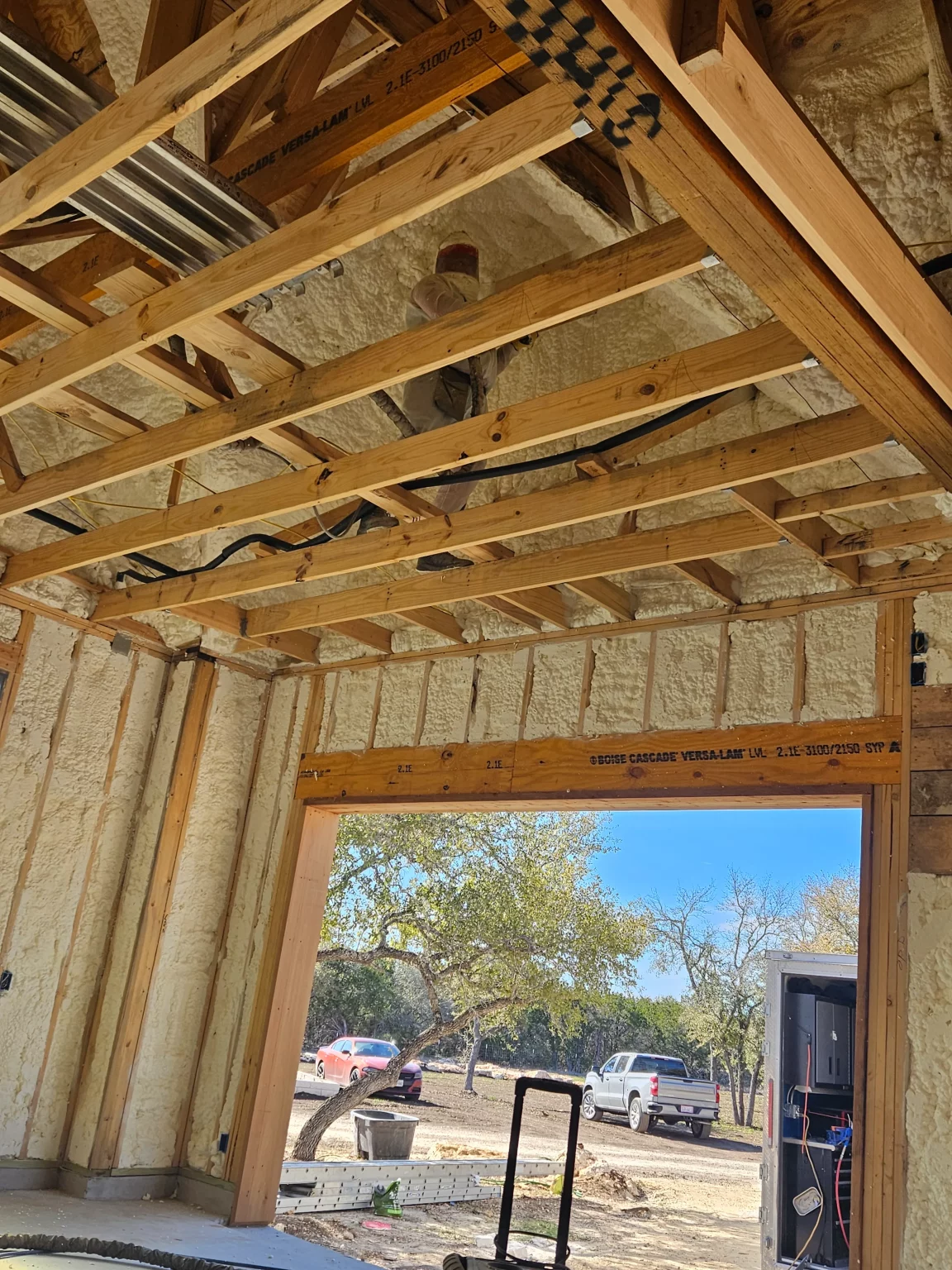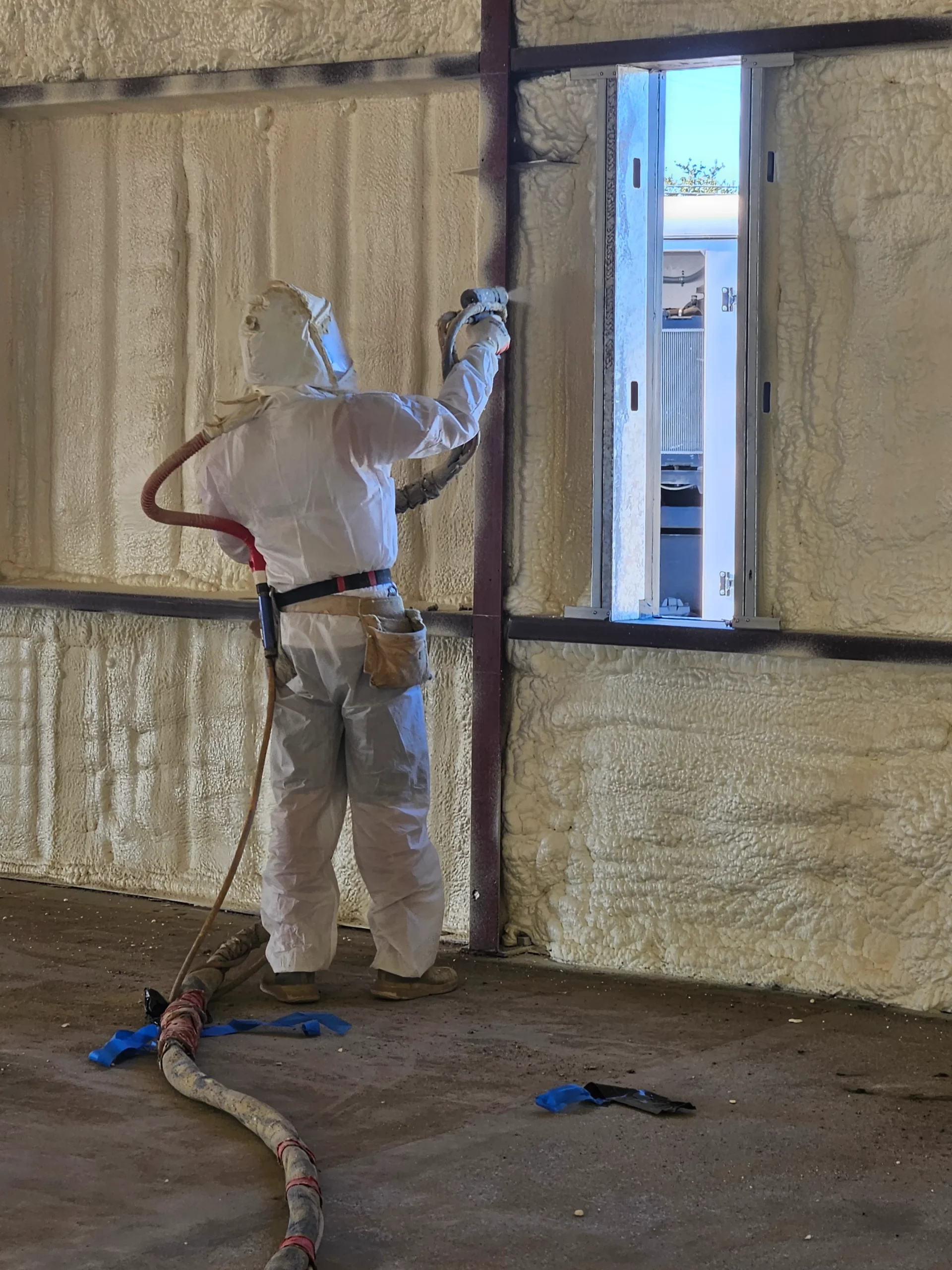

Proper insulation protects a home from seasonal swings by resisting the transfer of heat. In summer, it keeps hot air out, and in winter, it keeps valuable heated air in. This thermal barrier works by trapping air pockets within its material, slowing down the movement of heat through conduction and convection. A well-insulated building envelope, which includes the walls, roof, and foundation, creates a more stable indoor temperature year-round. This separation from outside conditions reduces the workload on heating and cooling systems, leading to lower energy bills and a consistently comfortable living environment.
This article breaks down how insulation functions during different seasons, the materials available, and what to consider before an upgrade. The information here is based on extensive field experience in building science and thermal performance. Understanding these principles helps homeowners make informed decisions about improving their home’s efficiency and comfort.
Heat naturally moves from warmer areas to cooler areas until a temperature balance is reached. In homes, this process occurs in three ways:
Insulation’s primary job is to slow down these forms of heat transfer. The effectiveness of insulation is measured by its R-value, which indicates its resistance to heat flow. A higher R-value means better insulating performance. According to the U.S. Department of Energy, the R-value a home needs depends on the local climate and the specific area of the house being insulated (attic, walls, or floors).
During hot summer months, the sun beats down on the roof and walls, causing them to heat up significantly. This creates a large temperature difference between the outside and the inside of your home. Without adequate insulation, this radiant heat quickly conducts through the building materials and into your living space. The attic is especially vulnerable, often reaching extreme temperatures that radiate down through the ceiling.
Proper attic insulation acts as a barrier, stopping much of that heat from ever reaching the rooms below. This reduces the strain on your air conditioning system, as it doesn’t have to run constantly to fight off the incoming heat. An analysis from the U.S. Energy Information Administration shows that air conditioning accounts for a substantial portion of residential electricity consumption in the summer, so reducing its workload can lead to direct savings.
Bonus Tip: In very sunny climates, installing a radiant barrier on the underside of the roof deck can supplement traditional insulation. This reflective material blocks up to 97% of radiant heat, preventing the attic from getting superheated in the first place.
In winter, the dynamic reverses. The warm air generated by your furnace tries to escape to the colder outdoors. Insulation slows this escape, particularly through the attic, where the natural process of convection causes the warmest air to rise and exit. A properly insulated and air-sealed attic keeps this paid-for heat inside your home where it belongs.
Insulation also prevents cold spots on interior walls and ceilings. When a surface is cold, the air near it cools down and drops, creating uncomfortable drafts. Well-insulated walls stay closer to room temperature, contributing to a feeling of warmth and comfort. Furthermore, proper attic insulation is key to preventing ice dams. Ice dams form when heat escaping from the living space melts snow on the roof, which then refrees at the colder eaves. This can cause water to back up under the shingles, leading to leaks and water damage.
Choosing the right insulation depends on the application, budget, and desired performance. Each material has a different structure and R-value.
| Insulation Type | Typical R-Value (per inch) | Air & Moisture Barrier | Common Applications |
|---|---|---|---|
| Fiberglass Batts | R-3.1 to R-4.3 | No, requires separate barriers | Walls, attics, floors, crawl spaces |
| Cellulose (Loose-Fill) | R-3.2 to R-3.8 | Air resistant, not a moisture barrier | Attics, enclosed existing walls |
| Open-Cell Spray Foam | R-3.5 to R-3.8 | Air barrier, not a moisture barrier | Attics (underside of roof), walls |
| Closed-Cell Spray Foam | R-6.0 to R-7.0 | Yes, both air and moisture barrier | Basements, crawl spaces, exterior walls |
Bonus Tip: No matter which insulation is chosen, its performance is significantly reduced by air leaks. The most effective approach combines insulation with thorough air sealing to stop drafts and convective heat loss. A professional energy audit can identify these leakage points.
Before investing in new insulation, several factors should be evaluated to ensure the best outcome for your specific home.
The amount of insulation a home needs is directly tied to the local climate. A home in a cold northern state requires a much higher R-value than a home in a warm southern state. ENERGY STAR provides a map and recommendations for different regions in the United States, helping homeowners target the right insulation levels for attics, walls, and floors.
Older homes were often built with little to no wall insulation and may have settled or degraded attic insulation. They are also more likely to have air leaks around windows, doors, and framing. The construction style, like a brick exterior versus wood siding, can also influence the best approach for an insulation retrofit.
An inspection of the current insulation is necessary. If it is compressed, water-damaged, or infested with pests, it may need to be removed before new material is installed. Sometimes, new insulation can be added on top of existing material, but only if the old insulation is in good condition.
Insulation is not a substitute for air sealing. Heat can bypass insulation through gaps around plumbing, electrical wiring, attic hatches, and recessed lighting. Sealing these gaps with caulk, spray foam, or other appropriate materials is a critical first step before adding insulation.

Practically speaking, it’s difficult to over-insulate an attic or walls from a performance standpoint. There is a point of diminishing returns where adding more insulation provides very little additional benefit for the cost. It’s more important to meet the recommended R-values for your climate zone.
Most insulation materials are designed to last for the life of the home. However, insulation can lose effectiveness if it gets wet, compressed, or damaged by pests. In these cases, replacement of the affected areas is necessary.
This depends entirely on your geographical location. For example, homes in the southern U.S. might need an R-value of R30 to R49 in the attic, while homes in the northern U.S. may require R49 to R60 for optimal performance against cold winters.
Modern spray foam insulation products are designed to be stable and inert once fully cured. Curing typically takes about 24 hours, during which the property should be well-ventilated. After that, professional-grade foams do not release harmful gases.
In addition to thermal resistance, insulation provides acoustic benefits. Materials like spray foam and cellulose are effective at dampening airborne sound transmission between rooms and from the outside. The density and structure of these materials absorb sound waves, creating a quieter indoor environment.
Insulation is a major factor in home energy efficiency, but it’s part of a larger system. High energy bills can also be caused by inefficient HVAC systems, old windows, or occupant behavior. While upgrading insulation offers one of the best returns on investment for energy savings, it works best as part of a whole-house approach.
In many cases, yes. If the existing insulation in an attic is clean, dry, and not overly compressed, new loose-fill insulation can be installed on top of it to reach the desired R-value. However, wet or damaged insulation should always be removed first.
Proper insulation is a fundamental component of a comfortable, energy-efficient home. It serves as the primary defense against uncomfortable and costly seasonal temperature swings. By slowing the movement of heat, it allows your mechanical systems to operate more efficiently, saving money and improving indoor air quality.
Before moving forward, evaluate your home’s current situation, consider your local climate recommendations, and think about your long-term goals for comfort and energy savings.
A thorough evaluation by an experienced professional can uncover hidden air leaks and insulation deficiencies that are not visible to the naked eye. For a detailed assessment of your home’s thermal performance, contact Spray Foam Tech. A consultation can help you understand the most effective solutions for your property. Reach out by phone at (737) 777-9590 or send an email to oldworldtx@hotmail.com to discuss your home’s needs.
Check out our newest offerings for improving home comfort and reducing energy bills with advanced spray foam roofing services.


